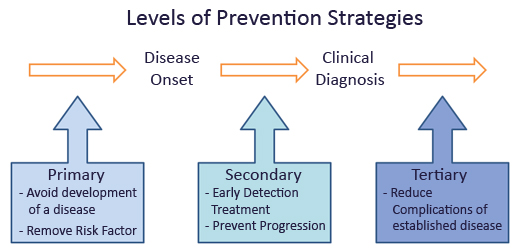As a student of public health, I learned much about prevention and early intervention in chronic disease management. The idea is that disease and illness should either be prevented from ever happening or caught in the earliest stages to prevent further progression. In official public health jargon, this line of thinking is referred to as primary and secondary intervention. However, as a patient advocate for the Prescription Assistance Program (PAP), much of my role is focused on providing what is known as tertiary intervention. This practice focuses on managing a diagnosed disease to reduce complications.
The right medications are a key aspect of tertiary intervention. Perhaps nothing exemplifies this better than type 2 diabetes. Patients who are diabetic are commonly on metformin and some form of injectable insulin, in addition to being asked to make lifestyle changes that will assist with blood sugar levels. As new medications come onto the market, other medications are now being added to the list along with what is currently prescribed. These medications may be taken (or more often, injected) daily or weekly. Regardless of the frequency, the medicinal regime seems daunting and even exhausting. At the beginning of my service term, I often caught myself wondering what would have happened for my patients if primary prevention had been in place. Now, over six months later, I understand the error of my thinking.
While preventing disease from happening should remain an overall goal of public health, we must remember that management of disease continues to be of extreme importance. Direct service will always remain a central part of healthcare, and we must strive to meet patients where they are rather than where we think they should be. This is especially important when recalling the social determinants of health, which encompass the outside socioeconomic factors that play a central role in health and wellness. Diabetes is so much more than a patient’s lifestyle choices; it includes the environment in which they live, the food they have access to, their family history, access to quality healthcare, and other factors. A patient’s socioeconomic background is often more predictive of their likelihood of getting diabetes than their everyday lifestyle. With this in mind, medications to manage the disease can become a source of empowerment rather than a source of stress.
I have several patients who are part of PAP to receive their diabetes medications. I’ve watched their progress throughout the past several months, with some remaining on the same medications and others changing their regime completely to meet their needs. One patient who stops by my office frequently just to chat about life has become a huge inspiration to me. We met because they needed to switch to a medication that was not covered by their insurance. Initially, this patient was disappointed by the switch because it became necessary due to poor adherence to their previous medication. Yet as the months went on and they began taking the new medication, I watched them undergo a positive transformation. Their blood sugar levels - which had to be monitored once in the morning and once at night - were down to the appropriate levels, and the excitement experienced by this change had inspired other positive lifestyle changes. The dreaded blood sugar test became a point of pride knowing that through diet, fitness, and medications, the patient would likely meet the goals set by their doctor.
The assistance provided by medications was incredibly influential in helping my patient lead a healthier lifestyle. Of course, this is not always the case, but I choose to see this patient’s story as an inspiration to continue providing the best direct service possible. While managing a disease after diagnosis may seem like a difficult task, it’s important to shift one’s perspective to recognize the triumph that can occur not only through chronic disease prevention, but also through chronic disease management.

Image source: https://edblogs.columbia.edu/pcore/prevention/prevention-preventive-serv...
